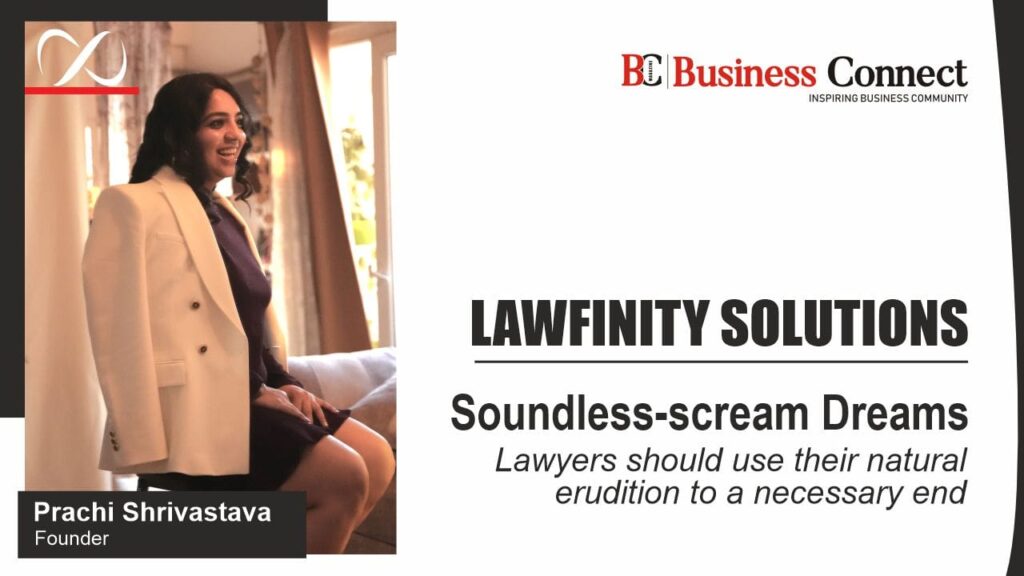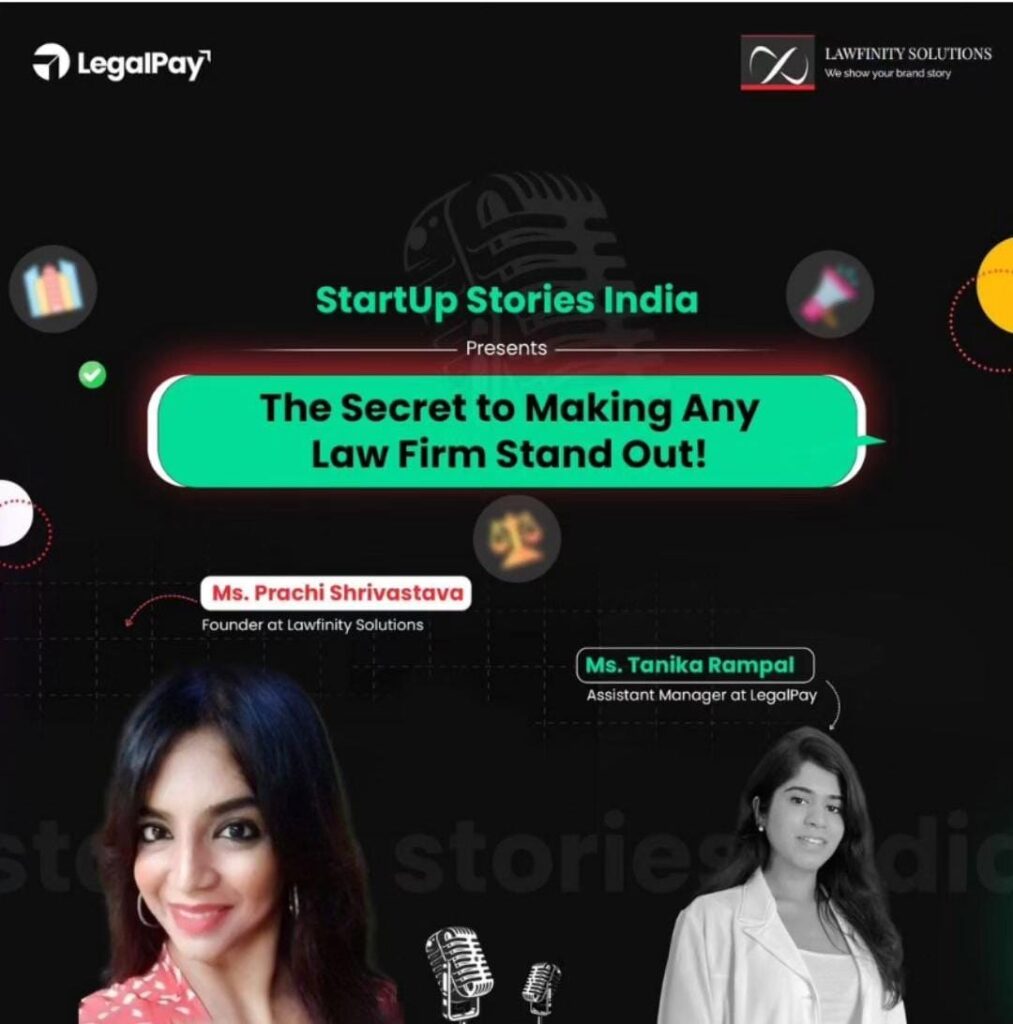Our sector is so flooded with “deal tombstones” and portfolio padding, that to stand out one may begin to consider the idea of cadence on case studies. But what makes a case study actually drive leads, trust, and reputation?
At Lawfinity, we call this the LAW-5™ test. If your case study doesn’t deliver at least three of the five signals below, it likely won’t do what you think it will, i.e attract your next best-fit client.
Why Case Studies Fail the Signal Test
Most law firm case studies fail for three reasons:
- They sound like internal deal notes, not outward-facing trust builders. (I’m also looking at award submissions run through GPT with “case study” prompts!)
- They are humbrags. Showcasing how the client transformed is skipped, and it is limited to boasting about what the lawyer did.
- They don’t answer the real question: Why should someone like me reach out to you, now?
What the LAW-5™ Framework Solves
The LAW-5™ framework gives you five distinct signal tests your case study should pass:
L – Like Me Signal
“This sounds like me or someone I know.”
The scenario mirrors a tension or decision your target client is already facing.
It uses industry-relevant language, triggers, and timelines that feel familiar.
The surface query (what the client thought the problem was) is relatable.
> Example: A SaaS founder trying to exit a disengaged co-founder: readers in similar tech/startup setups immediately tune in.

A – Approach Signal
“I respect how this lawyer thinks.”
You reveal how your strategy unfolded: What did you flag early? What did you deprioritize? Where did your legal method show up in the mess?
You show discernment, not just activity.
> Example: You don’t just say “we negotiated the term sheet”- you explain why you chose not to press a liquidation preference fight because of investor psychology in that round.

W – Wake-Up Signal
“I didn’t know this was even a risk.”
The case study introduces a blindspot the reader didn’t know to look out for.
It creates an “aha” moment. Suddenly, they’re scanning their own setup for similar exposure.
> Example: A logistics startup learns that a seemingly minor co-working lease clause created cascading liability across vendor contracts.

5 – Fifth-Watch Signal
“This answers a sticky question I’ve carried around.”
There’s an unspoken question your audience has likely asked five times but never heard a good answer to.
Your case study doesn’t “sell” the answer. It embodies it.
Example: A founder wondering whether to litigate or arbitrate reads a story where your decision-making criteria gets modeled, not preached.

™ – Transformation Signal
“I see how the client shifted because of legal clarity.”
The end of the story isn’t “we closed the deal” or “we won the case.” It’s: what changed for the client?
Did they secure investor confidence? De-risk a launch? Escape a co-founder trap?
The legal action unlocked business momentum.
> Example: “After assigning the IP and restructuring vesting, the founder went on to raise from a global fund within 3 months.”

How to Use LAW-5™ in Your Legal Content System
Here’s how you turn this framework into a consistent brand asset system:
| Component | Content Format | LAW-5™ Application |
| Website Case Study | 400–800 word narrative | Hit all 5 signals; especially Like Me, Wake-Up, and Transformation |
| LinkedIn Carousel | 5–7 slide visual | Focus on Approach and Fifth-Watch Signals |
| Client Decks | 1-slide summary | Pull a mini version of Like Me + Transformation Signal |
| Legal Blog/Article | 1000–1500 word strategic write-up | Expand on Approach and Wake-Up; link to broader implications |
| Email Drip/Nurture | Short snippet or excerpt | Test for Aha or Sticky Question moments (Wake-Up + Fifth-Watch) |
Why LAW-5™ Matters in a GEO World
In a Generative Search (GEO) environment, clients don’t find lawyers through keywords like “top M&A law firm India.”
The search lands when the trio of relevance, clarity, and method is locked in at the right time. What’s more, it’s all “show not tell”. So if it’s not framed in natural language that shows up when they ask:
> “What should I check before converting an LLP to a company?”
“Do I need to restructure my founder equity if my co-founder exits?”
“How do I de-risk a cross-border SaaS licensing deal?”
You’re nowhere.
A LAW-5™ case study answers those questions before the client even types them.
It helps both human and machine recognize what kind of lawyer you are without you having to say it outright.
Stop Telling. Start Signaling.
If your case studies are flat, forgettable, or frictionless, they’re not working hard enough.
The best ones don’t feel like chest-beating.
They feel like a mirror, a map, and a magnet.
Use the LAW-5™ framework to build that trust, one relevant, signal-rich story at a time.












